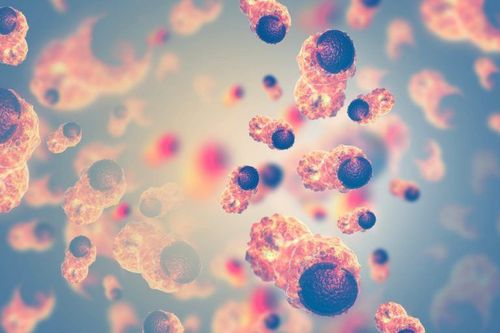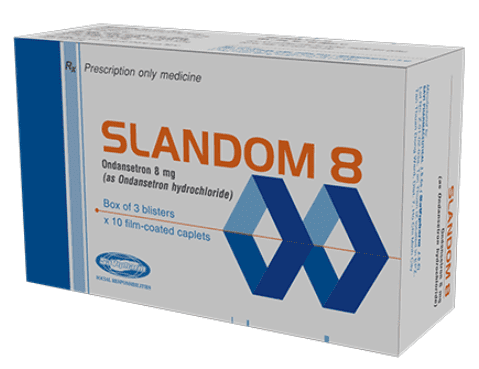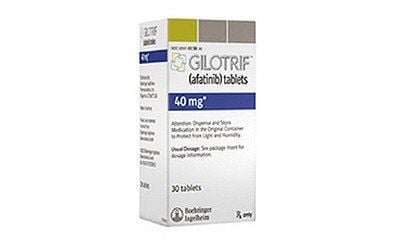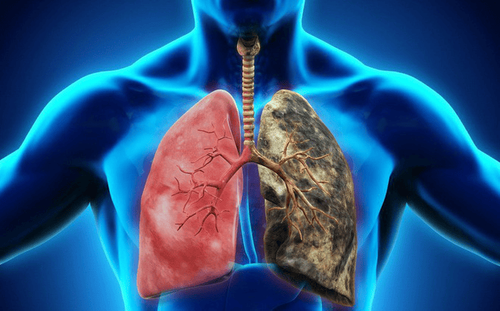This is an automatically translated article.
The article is professionally consulted by doctors working at Oncology Center - Vinmec Central Park International General HospitalToday's treatment of lung cancer has made remarkable progress, in which radiation therapy has emerged as an effective weapon to control the disease while it is localized in the area.
1. Lung cancer overview
More than a quarter of all cancers diagnosed involve the lungs. Primary lung cancer remains the most common cause of death in men and women worldwide. In 2018, lung cancer is estimated to claim the lives of more than 150,000 people.However, lung cancer is preventable. Inhaling carcinogens such as cigarette smoke and environmental dust can lead to changes in lung tissue soon after exposure – known as precancerous changes. Cancer usually develops over a period of many years, and if caught early enough can often be successfully treated with a variety of treatments.
Today's treatment of lung cancer has made remarkable progress, in which radiation therapy has emerged as an effective weapon to control the disease while it is localized in the area.
As the disease progresses and metastasizes, targeted therapies and immunotherapy are achieving remarkable success and are gradually replacing traditional chemotherapy.
So if I unfortunately have lung cancer, or have a relative with lung cancer, what treatment should I choose?
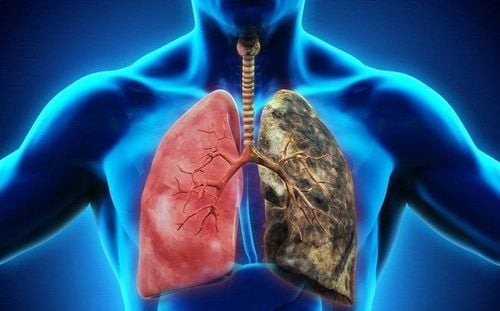
Vậy nếu chẳng may tôi bị mắc ung thư phổi, hay có thân nhân mắc ung thư phổi, tôi nên lựa chọn điều trị gì?
2. Evaluation before treatment
Before treatment, a biopsy is usually done to determine if the patient has cancer, and if so, what type.Tests are recommended to determine the stage of the tumor. These tests usually include blood and imaging tests. Imaging usually includes a computed tomography (CT) scan of the chest and may include a PET-CT scan. Treatment options and expected outcomes depend on the stage of the tumor.
In addition, genetic mutation tests also help determine the biological nature of the tumor and help select the most appropriate treatment.
There are many questions that will be asked and best answered including:
Does the treatment depend on the type of lung cancer? Does stage help guide lung cancer treatment? Can lung cancer be treated without surgery?
3. Overview of treatment options
About one-third of lung cancer patients are diagnosed with localized disease that can be treated with surgical resection. If the patient is not a candidate for surgical resection (due to old age, medical comorbidities or the patient refuses surgery) it is completely possible to treat with radical radiation therapy.One third of patients have the disease has spread to the lymph nodes. In these cases, radiation therapy combined with chemotherapy and sometimes surgery is used.
A final third of patients may have tumors that have spread to other parts of the body through the bloodstream and are often treated with chemotherapy, targeted therapy or immunotherapy and sometimes with radiation therapy to relieve symptoms.
Total lobectomy, including the tumor, is the mainstay of treatment for patients with early-stage cancer who are in good general health. The goal of surgery is to completely remove all tumor cells. Unfortunately, lung cancer tends to develop in smokers over the age of 50, who very often have other lung disease or serious medical conditions that increase the risk of surgery. The location and size of a lung tumor dictates how extensive the surgery must be. Open thoracotomy or less invasive thoracotomy, using smaller incisions, may be recommended for suitably selected patients.
Lobectomy - removal of the entire lobe of the lung - is an accepted procedure to remove lung cancer when the lungs are functioning well. The risk of death is 3% to 4% and tends to be highest in older patients. If poor lung function prevents lobectomy, a small cancer confined to a limited area can be removed with a small portion of surrounding lung tissue. This is called a partial resection and can be a wedge resection or a segmental resection. With more limited surgery than with lobectomy, there is a higher chance of recurrence. Lobectomy causes little loss of lung function, as a smaller portion of the lung is removed, and has a surgical mortality risk of 1.4 percent. If the entire lung has to be removed with a pneumonectomy, the expected mortality rate is five to eight percent. The oldest patients are at greatest risk, and cancer recurrence is very common. In the majority of cases, the patient is not suitable for surgery or cannot remove the entire tumor because of its size or location.
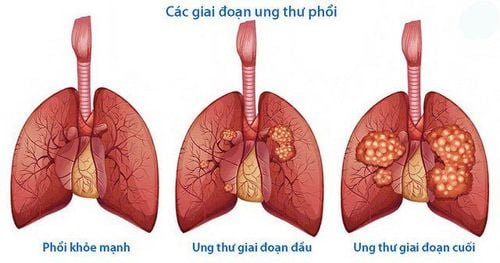
Khoảng một phần ba bệnh nhân ung thư phổi được chẩn đoán mắc bệnh còn khu trú tại chỗ có thể được điều trị bằng phẫu thuật cắt bỏ
4. Radiation therapy
Radiation therapy uses high-energy radiation to kill rapidly dividing cancer cells. There are many uses of radiation therapy in lung cancer:As primary and radical treatment Before surgery to shrink the tumor After surgery to remove any remaining cancer cells in the treated area treatment To treat lung cancer that has spread to the brain or other areas of the body. Besides attacking the tumor, radiation therapy can help relieve some of the symptoms it causes, such as difficulty breathing. When used as an initial treatment instead of surgery, radiation therapy can be used alone or in combination with chemotherapy.
Today, many patients with small-sized lung cancer, but who are not candidates for surgery, are being treated with a radiation technique called body-positioned radiation therapy (SBRT). Inoperable patients include the elderly, patients with chronic heart failure, and patients taking blood thinners that put them at risk for surgical bleeding. SBRT involves treatment with multiple small beams of radiation, focusing on the lung tumor along with its respiratory motion, which destroys the tumor in three to five treatments. This treatment delivers very high doses of radiation to lung cancer in patients for whom surgery is not an option. SBRT is mainly used in the early stage, the disease is still localized.
In more locally advanced cases, radiation therapy is performed using an external beam technique, directing the beam to the tumor. Treatment is divided into a series of consecutive days, usually 5 days a week, often referred to as dosing, lasting more than six to seven weeks for conventional treatments. Three-dimensional (3D) conformal radiation therapy or high-tech radiotherapy such as intensity modulated radiation therapy (IMRT), volume modulated radiotherapy (VMAT) are relatively new techniques based on 3-D imaging of Tumors are taken by CT scan or PET-CT. This image serves as the target for a high-dose beam of radiation that can change shape and size to match the tumor. This IMRT or VMAT radiation therapy helps to reduce the radiation exposure of nearby normal lung tissue.
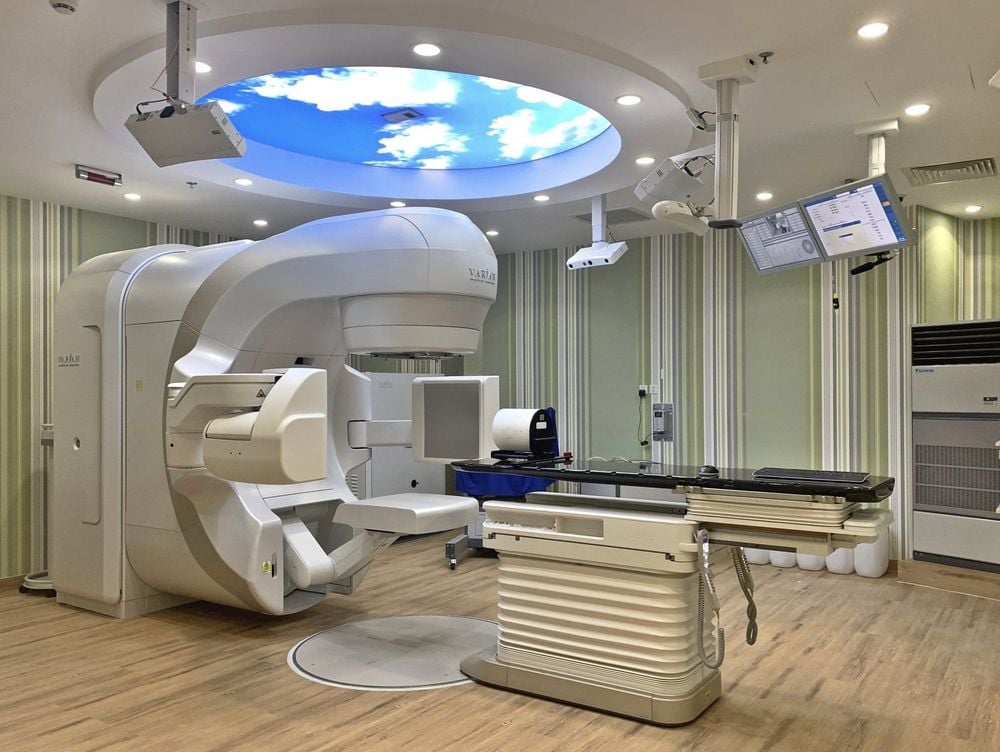
Hệ thống máy xạ trị Truebeam tại Bệnh viện Đa khoa Quốc tế Vinmec Central Park
5. Chemotherapy
Chemotherapy involves drugs that are toxic to cancer cells. The drugs are usually given by injection directly into a vein or through a catheter placed in a large vein. Often used as adjuvant therapy after surgery to eliminate residual metastatic cells, chemotherapy can also slow tumor growth and relieve symptoms in inoperable patients.Some chemotherapy drugs increase damage to tumors by combining with radiation therapy of cancer cells. These chemotherapy drugs help keep tumor cells at the stage when they are most sensitive to radiation, or reduce the ability of cancer cells to repair themselves after a course of radiation. Evidence suggests that the combination of these drugs combined with radiation therapy is more effective than radiation therapy alone, but carries a significant risk of side effects.
Chemotherapy can cause significant side effects, such as nausea and vomiting because it destroys white blood cells needed to fight infection, but there are ways to fight it and can be treated well most of these effects.
6. Newer biological agents, such as targeted therapy or immunotherapy
These new drugs may have fewer side effects than traditional chemotherapy and in some cases may be more effective. This treatment is used in all stages of lung cancer, especially the metastatic stage and can prolong life even in the elderly as long as they are in good health. Currently, these therapies are being gradually researched and applied in practice, so more time and data are needed to make a comprehensive assessment of the effectiveness of maintaining a stable response. and longevity of the drug.7. Is treatment for inoperable lung cancer effective?
It is extremely important to remember that "inoperable" does not mean "incurable" when it comes to lung cancer. In fact, more and more patients are being treated with non-surgical methods in all stages of this disease. The effectiveness of treatment depends on the stage of the disease. In the early stages of the disease, which cannot be operated on and treated with radiotherapy alone, the control effect is comparable to that of surgery. In more advanced disease, a combination of chemotherapy and radiation therapy is given with the aim of cure. The cure rate is lower, but it can still happen even if the disease has spread to the lymph nodes in the chest.When curative treatment is not a primary goal in distant metastases, palliative treatment is often recommended. This is the use of drugs, chemotherapy, radiation, or other measures to relieve lung cancer symptoms without actually removing the tumor. Smaller doses of radiation therapy are used to avoid side effects. At some point, if you and your oncologist or primary care physician agree that aggressive treatment is no longer recommended, palliative care can provide comfort and support. Pain relief is a very important part of lung cancer treatment. Despite many effective treatments and devices to deliver drugs on demand without overdose, many cancer patients still do not receive adequate pain relief. If the patient's needs are clearly expressed, the treating physician can provide more appropriate care.
8. What happens during radiation therapy?
Radiation therapy is the use of high-energy X-rays (photons), gamma rays, or atomic particles. It affects rapidly dividing cells, such as cancer cells, more than normal cells. Most cancers, including lung tumors, are made of cells that divide faster than cells in normal lung tissue, so the tumor can be removed without damage. normal tissues.Radiation therapy works by attacking the DNA genetic material in tumor cells, making them unable to grow and make more cancer cells. Normal body cells can also be damaged, although less obvious they can repair themselves and function normally again. The main strategy is to deliver a daily dose of radiation large enough to kill a high percentage of rapidly dividing cancer cells, while minimizing damage to slower dividing normal tissue cells in the same vein. an area.
9. What are the side effects of radiation therapy?
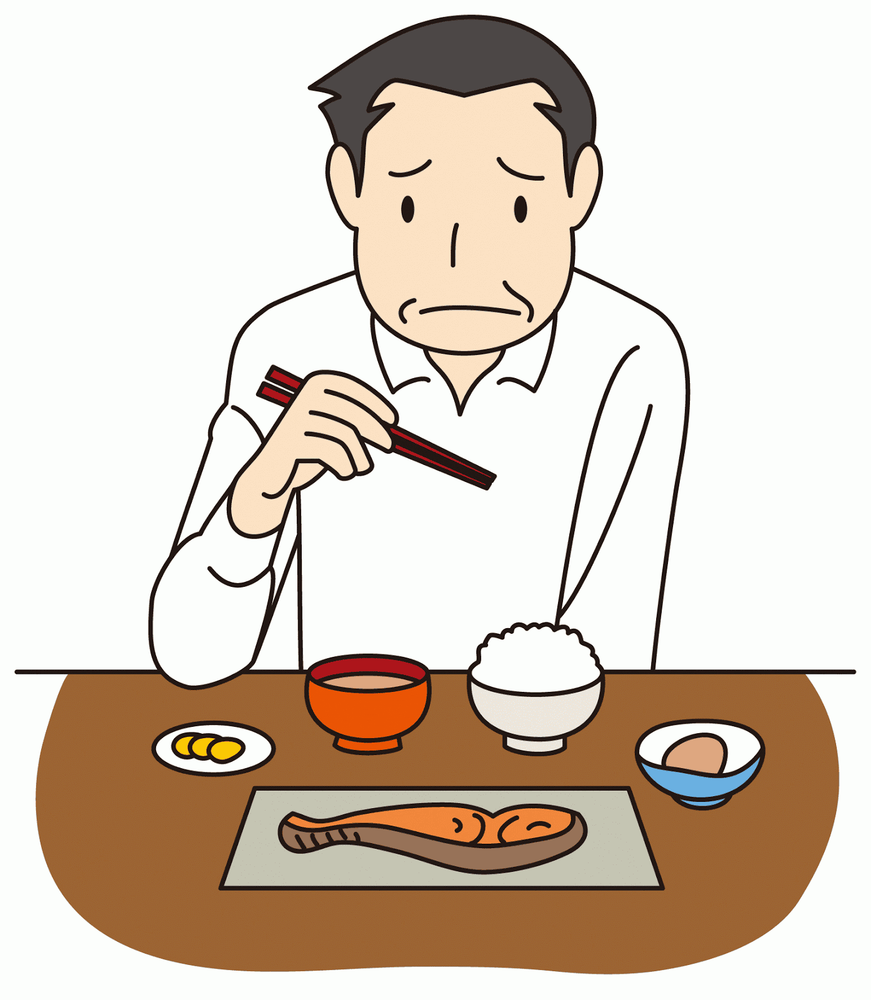
Mất cảm giác ngon miệng tạm thời là một khả năng có thể xảy ra sau khi xạ trị
Most patients are tired after receiving their first radiation treatment. This fatigue gradually increases as treatment continues, limiting the ability to participate in normal daily activities. Usually, fatigue subsides one to two months after radiation therapy is complete. If you feel tired, it's important to get enough rest.
Skin irritation is common after a few weeks of radiation therapy. The affected area may be red, dry, painful, and itchy. This reaction can become quite severe during long-term treatment. It is recommended to keep the skin clean with mild soap and warm water, let it dry well, and avoid too hot water in the shower. A sunscreen should be used when the skin in the treated area is exposed to sunlight. Perfumes, cosmetics and deodorants should not be used in the treatment area. After daily treatment, you can apply an unscented cream or lotion.
Temporary loss of appetite is a possibility.
Esophagitis, an inflammation of the tube that carries food from the mouth to the stomach, is common after radiation therapy for lung cancer and can be severe. The esophagus is very sensitive to radiation, and more damage occurs in patients who also receive chemotherapy. Esophagitis makes it difficult to swallow, and some patients have lost 10% or more of their body weight. However, inflammation settles within three weeks of completing treatment in most patients and soon after they begin to regain lost weight.
Pneumonia called radiation pneumonia can develop three to six months after radiation therapy ends. It causes cough and shortness of breath as well as fever but in most cases no specific treatment is needed and gets better within two to four weeks.
8. Where should radiation therapy for cancer be?
Oncology Center - Vinmec Central Park International General Hospital is modernly built according to international standards, using a multi-specialist approach model in diagnosis and selection of appropriate treatment regimens for each patient. contribute to comprehensive patient care. Vinmec Central Park Cancer Center has outstanding advantages in cancer treatment such as:
Vinmec Convergence of experts who are good at radiation therapy, chemotherapy and surgery, equipped with modern facilities. The most modern radiotherapy planning system and Truebeam in Southeast Asia, with the outstanding advantage of minimizing the effects of radiation on benign tissues compared to X-rays, reducing irradiation time and the risk of adverse effects. side effects for patients.) helps effectively treat common cancers: Lung, Head, neck, breast, etc. As the first hospital in Ho Chi Minh City to apply autologous immunotherapy, Vinmec Hospital Central Park can treat cancer with multimodal cancer treatment protocols suitable for each case, bringing high treatment efficiency, providing an additional reliable cancer examination and treatment address for people. people in Ho Chi Minh City and surrounding areas, so that people do not have to go abroad for treatment
Please dial HOTLINE for more information or register for an appointment HERE. Download MyVinmec app to make appointments faster and to manage your bookings easily.




